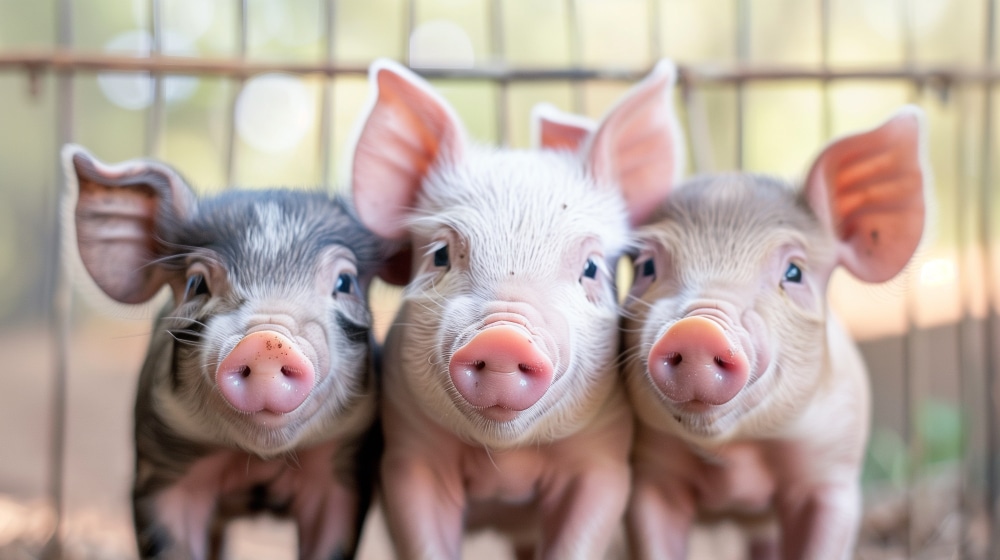Pig farming is a significant economic activity in many countries around the world. The practices of pig farming vary greatly across different regions, influenced primarily by geographical conditions, economic circumstances, and cultural and religious traditions.
China
China has the largest pig population in the world. Pig farming in China is predominantly intensive, focusing on efficiency. Pigs are kept in large-scale facilities, and their needs are met with high-quality feed to ensure rapid growth.
Europe
In Europe, breeding farms are increasingly transitioning to more natural, free-range methods, while fattening farms are almost exclusively intensive. Piglets are raised in multi-story battery systems until the fattening period, during which they are kept in single-story buildings with access to unlimited feed, promoting rapid growth.
On breeding farms, sows and piglets (up to 28 days old) have access to unlimited feed. After weaning, they receive 80-90% of the feed they can consume to ensure balanced development of their bones and organs, as female pigs are kept in breeding for many years. Most male pigs are castrated, and only the best offspring of breeding pairs are raised for breeding purposes. These individuals are included in breeding programs only after performance testing.
Latin America
In Latin America, pig farming is largely conducted by family farms. The pigs are raised using modern technology in a natural environment, producing meat and fat for family consumption and market sale. Flexibility characterizes Latin American pig farming, with farmers adapting to changing market and economic conditions and often combining pig farming with other agricultural activities such as crop production.
Africa
In Africa, economic challenges and animal diseases are the main issues in pig farming. Pigs are often kept in small areas with limited feed resources. Diseases arising from housing, feeding conditions, and climatic factors (heat, drought) cause significant losses in livestock.
Australia and New Zealand
In Australia and New Zealand, the vast distances and dry climate are the main challenges in pig farming. Pigs are kept on large areas where access to feed and water must be ensured. The focus is on efficiency, with pigs fattened quickly for slaughter and efforts made to reduce transportation costs by delivering high-quality pigs to nearby slaughterhouses in large quantities.
Future Challenges
Pig farming faces several future challenges, including population growth, climate change, and increasing societal demands for animal welfare.
Population growth increases the demand for pork. Climate change presents new challenges for breeding, housing, and feed production, such as the spread of diseases and reduced feed resources. Increasing societal expectations for animal welfare drive farmers to adopt more natural rearing and feeding methods, taking into account the physiological needs of pigs.
Pig farming must meet these expectations and challenges to maintain competitiveness against other countries’ producers and remain economically viable compared to the production of meat from other animal species.





